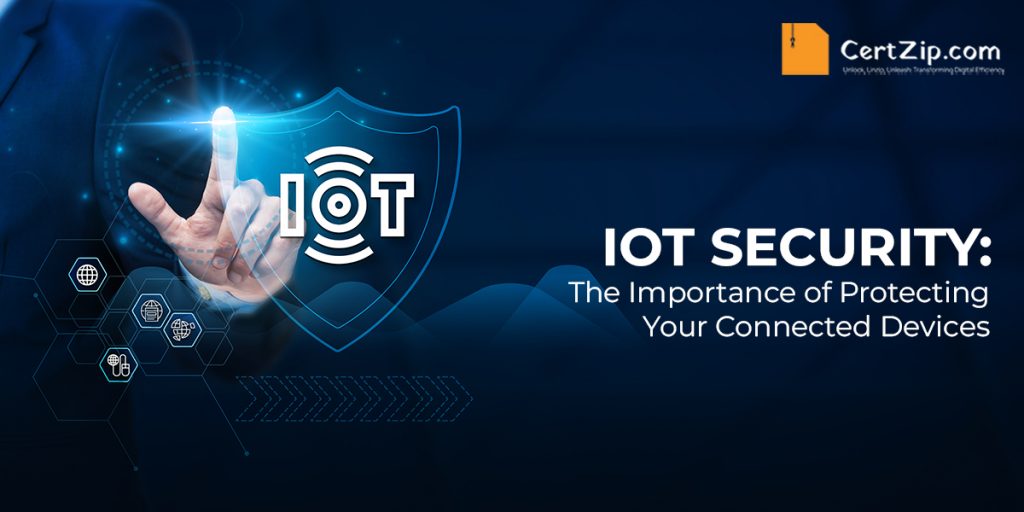As the world becomes increasingly interconnected, the Internet of Things (IoT) has become an integral part of our daily lives. From smart home devices to industrial sensors, IoT devices are everywhere, and they’re changing the way we live and work. However, with this increased connectivity comes an increased risk of cyber-attacks, making IoT security a critical concern for individuals and organizations alike. In this blog, we’ll explore the importance of IoT security, the risks associated with IoT devices, and best practices for protecting your connected devices.
What is the Internet of Things (IoT)?
The Internet of Things (IoT) refers to the network of interconnected devices that are capable of exchanging data and communicating with each other. This includes everything from smart home devices like thermostats and security cameras to industrial sensors used in manufacturing and logistics. IoT devices are typically connected to the internet and can be remotely monitored and controlled.
Why is IoT Security Important?
The increasing prevalence of IoT devices in our daily lives has made importance of IoT security a critical concern. IoT devices are vulnerable to a wide range of cyber attacks, including malware infections, data breaches, and denial-of-service (DoS) attacks. These attacks can have serious consequences, ranging from the theft of sensitive data to the disruption of critical infrastructure.
The risks associated with IoT devices are compounded by the fact that many of these devices are designed with limited security features. Many IoT devices are
manufactured with little consideration for security, making them easy targets for cybercriminals. Additionally, because many IoT devices are designed to be
inexpensive and disposable, they may not receive regular security updates or patches, leaving them vulnerable to known security flaws.
The Risks of IoT Devices
There are several risks associated with IoT devices, including:
1. Malware Infections: IoT devices can be infected with malware, which can be used to steal sensitive data or launch attacks on other devices on the same network.
2. Data Breaches: IoT devices can store a large amount of sensitive data, including personal information and login credentials. If this data is compromised, it can be used for identity theft or other malicious purposes.
3. Denial-of-Service Attacks: IoT devices can be used to launch distributed denial-of-service (DDoS) attacks, which can disrupt critical infrastructure and cause
widespread disruption.
4. Physical Damage: Some IoT devices, such as industrial sensors and medical devices, can pose a physical threat if they are compromised. For example, a compromised sensor in a manufacturing plant could lead to equipment failure, while a compromised medical device could put a patient’s health at risk.
Best Practices for IoT Security
Protecting your IoT devices from cyber attacks requires a combination of technical and organizational measures. Here are some best practices for IoT security:
1. Secure Your Network: One of the most important steps you can take to protect your IoT devices is to secure your network. This includes setting up a strong password for your router and using encryption to protect your Wi-Fi network. Additionally, you should segment your network to ensure that your IoT devices are isolated from your main network.
2. Keep Your Devices Up to Date: Regularly updating your IoT devices is critical to maintaining their security. Make sure that you are running the latest firmware and that you are applying any security patches as soon as they become available.
3. Use Strong Passwords: Weak passwords are a common vulnerability in IoT devices. Make sure that you are using strong, unique passwords for each of your devices, and consider using a password manager to keep track of your passwords.
4. Disable Unused Features: Many IoT devices come with a range of features that you may not need or use. Disable any unused features to reduce the attack surface of your device.


